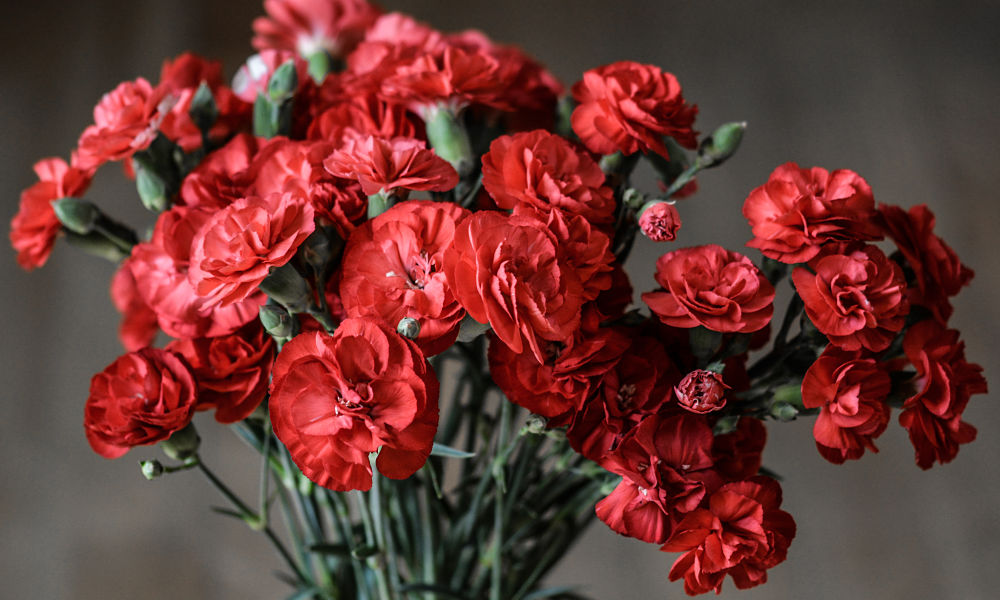There is not a “normal” way that a period should be perceived because each individual woman is different and has different cycles. Some women may experience longer cycles and others may experience shorter cycles. It depends on the individual. There is not a definitive way to answer the question, “What does a period look like?” because everyone has different experiences. However, there is a general way to look at a period by observing the basics of periods.
In fact, your period may be telling you a lot about your overall health. Qualities like the length or color of your period are indicators of your health. By observing what your individual period looks like, you can also analyze what your period is telling you about your health. Listed below are descriptions of several different periods in order to help you gauge what your period is trying to tell you about your overall health.
Bright Red
If your period is a bright red color resembling a cranberry or garnet, then you show signs of good health. In addition to a bright and healthy red color, if your period occurs regularly, you are more likely to be healthy. Menstrual cycles that occur regularly and are spaced out between 28 to 35 days indicate good health. Periods tend to last less than a week, ideally between four and six days, and bleeding should be somewhere in the middle between heavy and light.
Brown
Having a dark brownish period indicates that you may be releasing older pieces of uterine lining and blood from your body. Although it sounds drastic, it is actually quite normal and many women may experience this kind of period. The dark brown color usually occurs at the beginning or end of your period. Different women will shed her uterine lining at different rates and is completely safe.
Pink
Is your period a pinkish color? Is it on the lighter side? You may have low estrogen levels. Low estrogen levels are indicated by the pink color and the light flow of your period. If you notice a change in the color or flow of your period, you may have low estrogen levels. Lower estrogen levels can be caused by excessive exercise and activity. In fact, it is not uncommon for women who are professional athletes to stop ovulating altogether. Although it sounds tempting to stop having a period, low estrogen levels can lead to osteoporosis.
Besides lower estrogen levels, the pink color of your period may also indicate other health issues. The pink color may indicate poor nutrition, perimenopause, or polycystic ovary syndrome (PCOS).
Watery
When your period looks watery or your bleeding appears to have a little lighter flow, you may have a nutritional deficiency. Thinned out or watery bleeding during your period may be indicative of a nutritional deficiency, such as anemia. Make sure to contact your doctor if you have any questions or concerns about your overall health.
Another reason why your period may appear watery is that you have low levels of estrogen. As mentioned previously, low estrogen levels can have a significant impact on the color and flow of your period. If you notice that you have vaginal dryness and sporadic periods as well as have a watery-looking color period, you may have low levels of estrogen.
Dark Red
A period that is dark red with large clots and resembles a thick jam-like color demonstrates signs for low levels of progesterone and high levels of estrogen. Clots that are larger than the size of a quarter tend to indicate a hormonal imbalance. Try eating less dairy, sugar, and soy if you are experiencing a period similar to a dark red with large clots.
Another possible explanation could be that you have uterine fibroids, which can be painful. If you believe that uterine fibroids may be the culprit (or are unsure and simply want someone to help), contact your doctor.
Gray and Red
A mixture of the colors gray and red may indicate an infection. Usually, the gray and red mixture of colors will be accompanied by a foul stench, which can indicate an STD or STI. The best solution is to see your doctor in order to find the right treatment. If you experience discomfort and notice your period is a mixture of gray and red, contact your doctor as soon as possible.
To sum it all up…
Not every period looks the same. What periods look like greatly depends on your overall health. For example, an iron deficiency may mean that you are experiencing a heavier flow during your period. If you notice that your period is different or the cycle has changed dramatically, contact your doctor.

